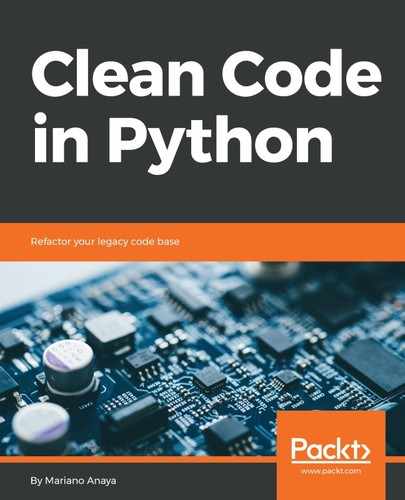The template method is a pattern that yields important benefits when implemented properly. Mainly, it allows us to reuse code, and it also makes our objects more flexible and easy to change while preserving polymorphism.
The idea is that there is a class hierarchy that defines some behavior, let's say an important method of its public interface. All of the classes of the hierarchy share a common template and might need to change only certain elements of it. The idea, then, is to place this generic logic in the public method of the parent class that will internally call all other (private) methods, and these methods are the ones that the derived classes are going to modify; therefore, all the logic in the template is reused.
Avid readers might have noticed that we already implemented this pattern in the previous section (as part of the chain of responsibility example). Note that the classes derived from Event implement only one thing their particular pattern. For the rest of the logic, the template is in the Event class. The process event is generic, and relies on two auxiliary methods can_process() and process() (which in turn calls _parse_data()).
These extra methods rely on a class attribute pattern. Therefore, in order to extend this with a new type of object, we just have to create a new derived class and place the regular expression. After that, the rest of the logic will be inherited with this new attribute changed. This reuses a lot of code because the logic for processing the log lines is defined once and only once in the parent class.
This makes the design flexible because preserving the polymorphism is also easily achievable. If we need a new event type that for some reason needs a different way of parsing data, we only override this private method in that subclass, and the compatibility will be kept, as long as it returns something of the same type as the original one (complying with Liskov's substitution and open/closed principles). This is because it is the parent class that is calling the method from the derived classes.
This pattern is also useful if we are designing our own library or framework. By arranging the logic this way, we give users the ability to change the behavior of one of the classes quite easily. They would have to create a subclass and override the particular private method, and the result will be a new object with the new behavior that is guaranteed to be compatible with previous callers of the original object.
